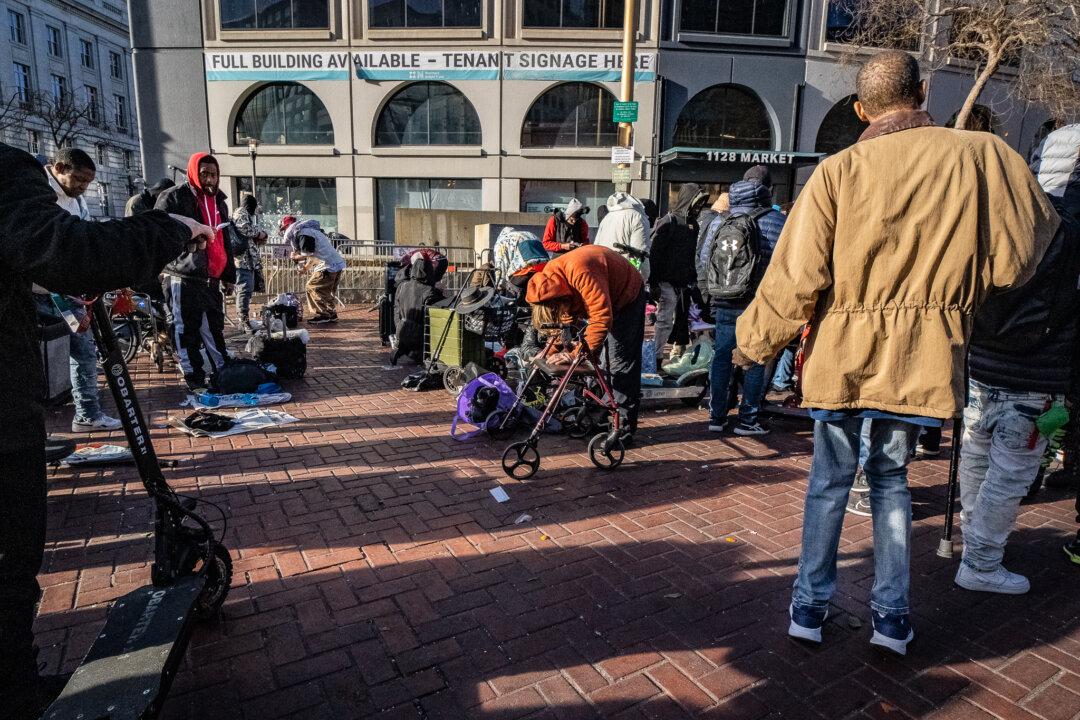LOS ANGELES—The city and county of Los Angeles have been ordered by a federal judge to come up with a feasible strategy to address the homeless crisis that has been decried by local residents, activists, and business owners alike.
The LA Alliance for Human Rights, a diverse group of community representatives, sued the county and city in March 2020 over the lack of adequate shelters and services available to the homeless. U.S. District Judge David Carter then issued a 110-page injunction in April 2021 ordering the city and county to place $1 billion into escrow to move Skid Row’s thousands of homeless individuals into housing.





